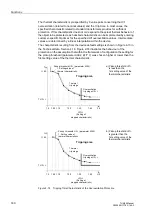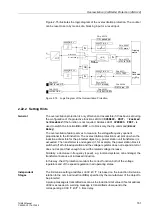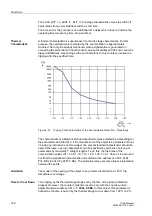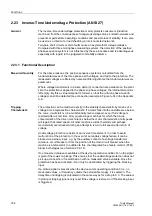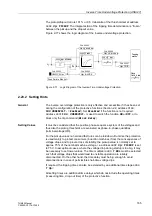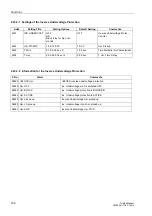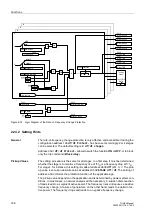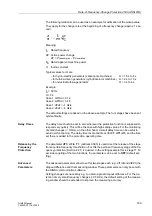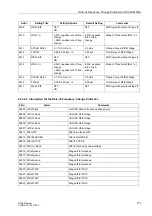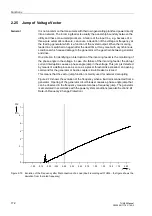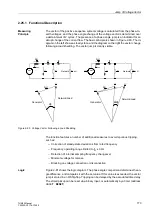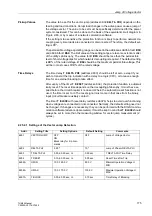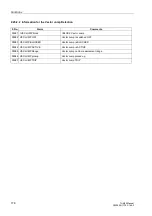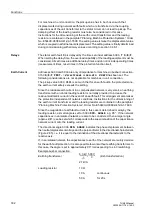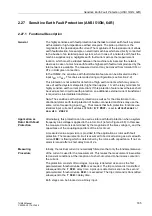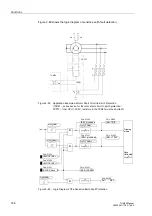
Functions
172
7UM62 Manual
C53000-G1176-C149-3
2.25
Jump of Voltage Vector
General
It is not uncommon that consumers with their own generating plant feed power directly
into a network. The incoming feeder is usually the ownership boundary between the
utility and these consumers/producers. A failure of the input line, e.g. because of a
three-pole automatic reclosure, can cause a deviation of the voltage or frequency at
the feeding generator which is a function of the overall output. When the incoming
feeder line is switched on again after the dead time, it may meet with asynchronous
conditions which cause damage to the generator or the gear train between generator
and drive.
One criterion for identifying an interruption of the incoming feeder is the monitoring of
the phase angle in the voltage. In case of a failure of the incoming feeder, the abrupt
current interruption causes a phase angle jump in the voltage. This jump is detected
by means of a delta process. As soon as a preset threshold is exceeded, an opening
command for the generator or bustie coupler circuit-breaker is issued.
This means that the vector jump function is mainly used for network decoupling.
Figure 2-79 shows the evolution of the frequency when a load is disconnected from a
generator. Opening of the generator circuit breaker causes a phase angle jump that
can be observed in the frequency measurement as a frequency jump. The generator
is accelerated in accordance with the power system conditions (see also Section 2.24
Rate-of-Frequency-Change Protection).
Figure 2-79 Evolution of the Frequency after Disconnection of a Load (Fault recording with 7UM6 - the figure shows the
deviation from the rated frequency)
-1.00
2.00
1.75
1.50
1.25
1.00
0.75
0.50
0.25
0.00
-0.25
-0.50
-0.75
1
7
6
5
4
3
2
0
s
t
Hz
f-fn



